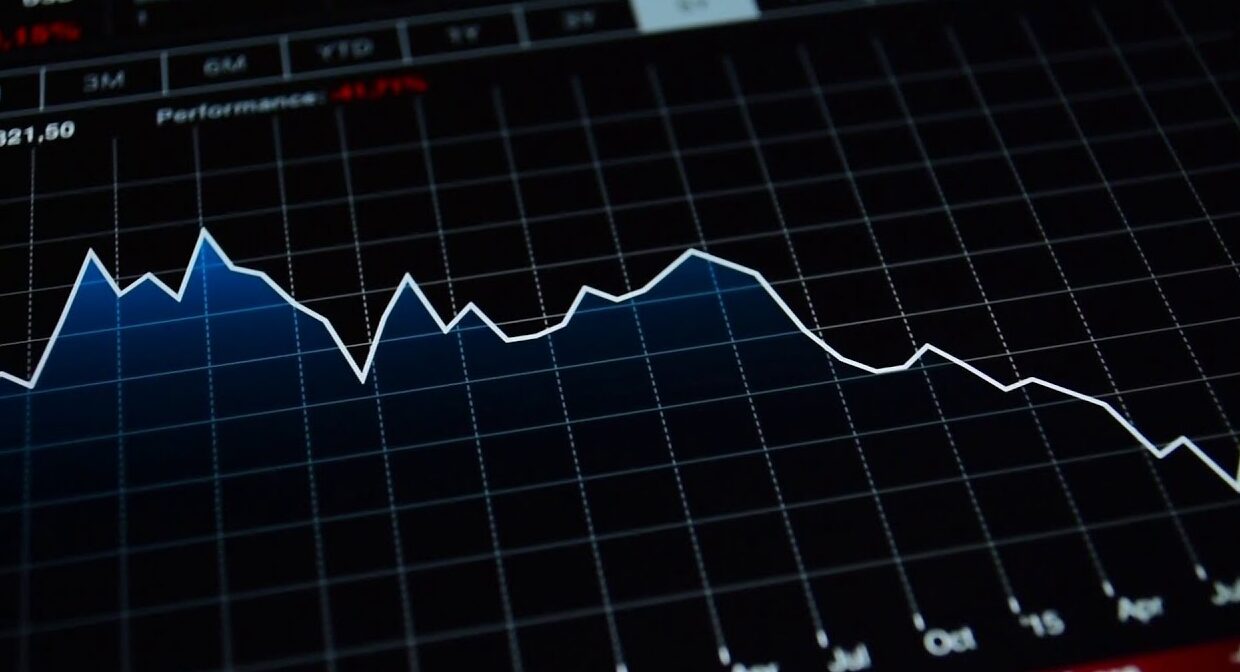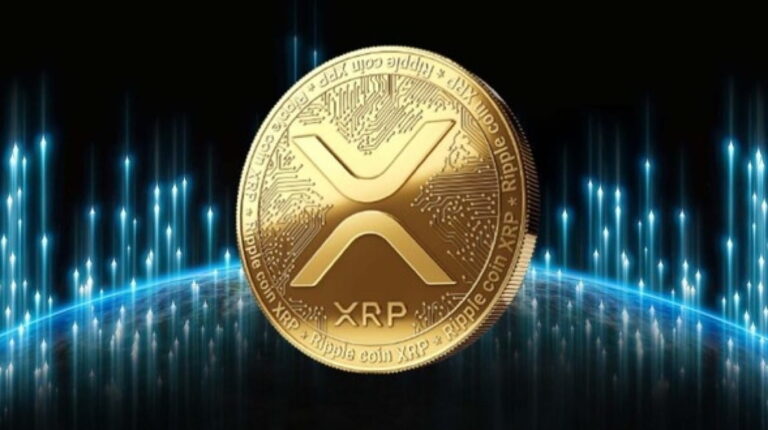The cryptocurrency market has been volatile over the past several weeks, and XRP price decline, the original digital asset of the Ripple network, has not been immune to this volatility. Once praised for its ability to facilitate quick cross-border payments, XRP’s price has plummeted, leading to a significant decline in trading volume. These changes have worried traders, investors, and analysts, who are now scrutinizing the cause of this drop.
This article examines the current state of XRP by analysing its price history, trading activity, market sentiment, and broader industry trends. The decline in both price and volume shows that this is more than simply a short-term slump. It may mean that the market is shifting, investors’ sentiments are evolving, and regulatory pressures are changing.
A Look at XRP’s Market Position in 2025
Before you can understand what XRP’s price and volume movements mean, it is essential to consider its market position. As of mid-2025, XRP remains one of the top 10 cryptocurrencies by capitalisation, following Bitcoin (BTC), Ethereum (ETH), and Solana (SOL). It has remained popular in the payment and remittance industries, primarily due to Ripple’s partnerships with banks and other financial institutions worldwide.
On the other hand, XRP’s price has struggled to return to the highs it achieved during the bull cycles of 2017 and 2021. The asset is now trading at about $0.46, which is less than the $0.70 levels seen earlier this year. This persistent drop, exacerbated by lower trading activity on major exchanges such as Binance, Coinbase, and Kraken, indicates that demand is eroding and investors are losing confidence.
Trading volume is a vital sign.
In financial markets, trading volume is a crucial measure, as it indicates the level of interest and activity from both individual and institutional investors. A steady drop in XRP trading volume suggests that the market is less active, and it often precedes price drops because fewer people are supporting the current price levels.
Data from CoinMarketCap and Santiment indicate that XRP’s daily trading volume has decreased by more than 35% over the past month. This trend fits with a general cooling in altcoin markets, but XRP’s decrease is very significant. In the past, assets with strong fundamentals have maintained their volume unchanged or even increased during periods of minor price corrections. The simultaneous decrease in price and volume raises questions about XRP’s short-term strength.
A breakdown of the factors that led to XRP’s decline
Several interconnected factors are contributing to the decline of XRP. One of the most significant problems is ambiguity regarding regulations, particularly the ongoing legal battle between Ripple Labs and the U.S. Securities and Exchange Commission (SEC). Ripple has won several court cases; however, the fact that these cases are not yet fully resolved makes it challenging for institutions to adopt the asset.

Macroeconomic variables also influence the digital asset markets. The Federal Reserve’s recent hawkish approach, along with better-than-expected job and inflation figures, has reduced investors’ interest in riskier assets. This macroeconomic pressure has prompted many to shift their investments from cryptocurrencies to safer options, such as Treasury bonds and gold.
There is also an increasing number of blockchain payment systems competing with each other, such as Stellar (XLM), Algorand (ALGO), and the new ISO 20022-compliant networks. These platforms perform many of the same functions as XRP, but they typically have fewer regulatory issues and more transparent governance models, which makes them appealing options.
Ripple’s strategic moves and changes in its ecosystem
Ripple Labs is still working on its global expansion, despite the current market conditions not being favourable. Ripple has established key agreements across Southeast Asia and Latin America in the last several months. The goal is to increase the number of people using its On-Demand Liquidity (ODL) platform. But these changes haven’t yet led to higher prices for XRP.
One reason for this could be that Ripple’s business dealings with companies differ from the speculative trading of XRP on exchanges. Although ODL transactions employ XRP as a bridge asset, its usefulness is only a fraction of its overall value. Traders tend to pay more attention to headlines, technical patterns, and macroeconomic indicators than to updates from small businesses. Market participants may remain cautious of Ripple until it achieves a more favourable regulatory status, especially in the U.S., and demonstrates a stronger correlation between ecosystem expansion and XRP value.
What Does This Mean for XRP Holders?
Long-term holders, or HODLers, may feel discouraged by the current price action, but it could also be an opportunity to strategically build up their holdings if they believe in Ripple’s long-term vision. But you should only use this method if you fully comprehend both the technical and fundamental risks.
Investors need to consider the likelihood of XRP bouncing back, along with more straightforward rules and a larger recovery in the crypto sector, versus the chances of prices remaining the same or declining further. It will be crucial to maintain a diverse portfolio and stay informed about significant legislative and macroeconomic developments.
What’s next for XRP?
XRP will be significant in the coming months. Several factors could restart the momentum. XRP, the Leading Cryptocurrency, could benefit from a favourable decision in the Ripple-SEC lawsuit, increased funding from institutional investors, or macroeconomic easing that redirects capital back into crypto assets.
Additionally, the integration of central bank digital currencies (CBDCs) with RippleNet infrastructure could significantly boost the organisations of XRP. Ripple is participating in pilot programs with organisations such as the Digital Pound Foundation and the Republic of Palau. The move indicates that they are preparing for future uses, even though the price hasn’t increased yet.

